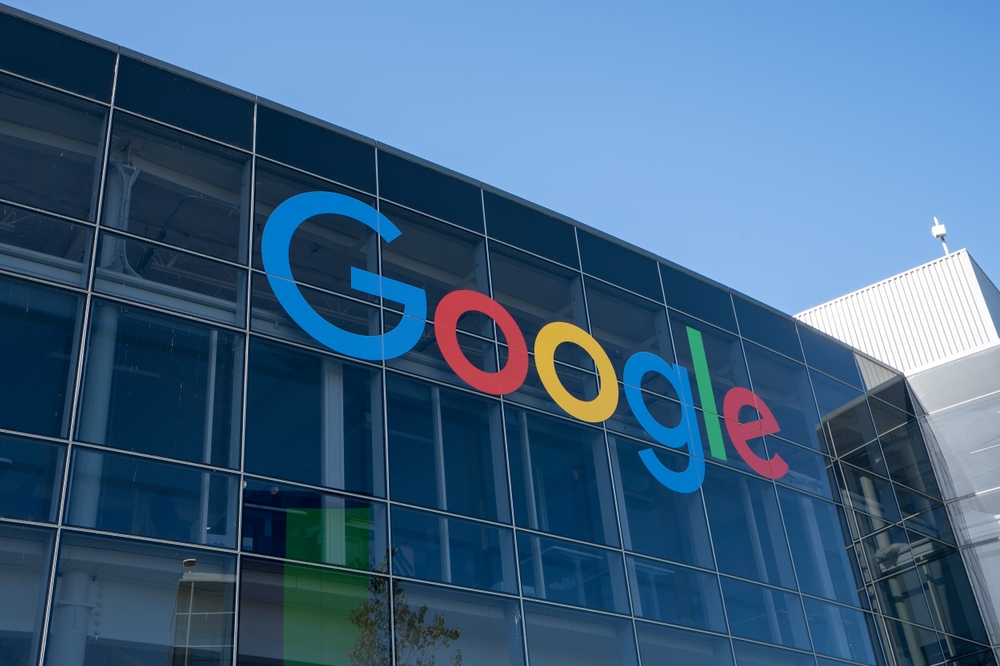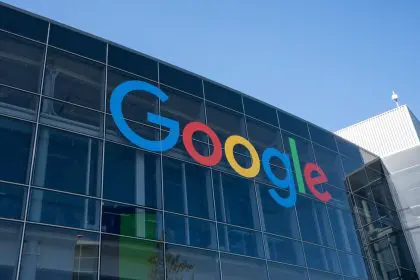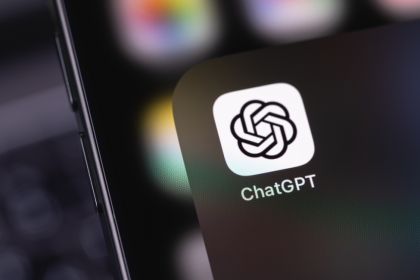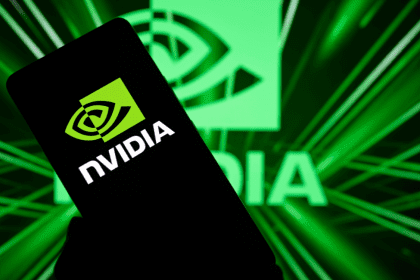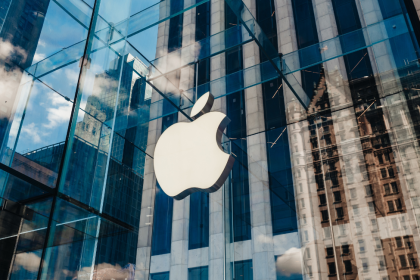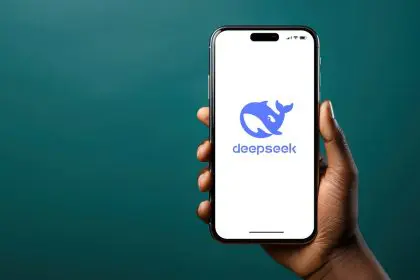Google DeepMind is recruiting a new team of artificial intelligence researchers to develop models that “simulate the physical world”. This initiative marks a significant step in advancing AI’s capability to understand and predict real-world physics, a field that experts estimate could be worth $50 billion by 2030.
The tech giant’s AI lab is currently hiring for the new initiative with Tim Brooks – the former co-lead for OpenAI’s Sora – leading the “ambitious project” to create generative world models that can think and make real-life predictions with plans to use it in video games and robots. Brooks brings extensive experience in AI development, having contributed to several groundbreaking projects in physical simulation.
“Join an ambitious project to build generative models that simulate the physical world,” reads the job description. “We believe scaling pretraining on video and multimodal data is on the critical path to artificial general intelligence. World models will power numerous domains, such as visual reasoning and simulation, planning for embodied agents, and real-time interactive entertainment. The team will collaborate with and build on work from Gemini, Veo and Genie teams, and tackle critical new problems to scale world models to the highest levels of compute.” Industry analysts note that this type of research could revolutionize fields ranging from autonomous vehicles to climate modeling.
The key responsibilities are listed as: “Implement core infrastructure and conduct research to build generative models of the physical world. Solve essential problems to train world simulators at massive scale, develop metrics and scaling laws for physical intelligence, curate and annotate training data, enable real-time interactive generation, and study integration of world models with multimodal language models. Embrace the bitter lesson and seek simple methods that scale, with emphasis on strong systems and infrastructure.” This approach aligns with current trends in AI development, where scalability and efficiency are paramount.
Google is offering a lucrative salary ranging between $136,000 and $245,000, not including bonuses, equity, and other benefits. This compensation package reflects the highly competitive nature of the AI talent market, where top researchers are in increasing demand.
The project represents a significant advancement in the field of physical simulation, building upon decades of research in physics engines and computational modeling. Recent studies suggest that accurate physical world simulation could reduce product development cycles by up to 60% across various industries.
DeepMind’s initiative comes at a time when AI-powered physics simulation is gaining traction in multiple sectors. The technology has potential applications in manufacturing, where virtual testing can save billions in prototyping costs, and in environmental science, where it could improve climate change predictions.
The collaboration between the new team and existing projects like Gemini, Veo, and Genie suggests a comprehensive approach to artificial general intelligence (AGI) development. Industry experts estimate that successful integration of physical world modeling could accelerate AGI development by several years.
The emphasis on scalable solutions indicates DeepMind’s commitment to practical applications. Similar projects have shown that scalable AI models can reduce computation costs by up to 40% while maintaining accuracy in physical simulations.
Recent market analysis suggests that companies investing in physical world simulation technology could see a 25% increase in R&D efficiency. This technology could particularly benefit industries such as automotive, aerospace, and robotics, where physical testing is both time-consuming and expensive.
The focus on multimodal data integration represents a significant shift in AI development strategy. Studies show that combining various data types can improve prediction accuracy by up to 35% compared to single-mode approaches.
According to AI researchers, successful physical world simulation could revolutionize fields like autonomous robotics, where understanding and predicting physical interactions is crucial. Current estimates suggest this could reduce robot training time by up to 70% while improving performance in complex tasks.

